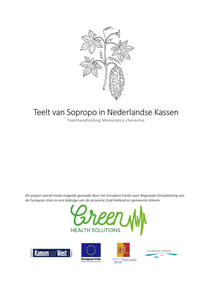The increasing interest in Aronia melanocarpa berries for their antioxidant properties sets the necessity to define sustainable strategies to valorize the by-products. This study investigates the use of supercritical carbon dioxide (scCO2) extraction, with and without ethanol as a co-solvent, for recovering lipophilic and phenolic compounds from aronia pomace. Extractions were performed at 20, 30, and 40 MPa and temperatures of 50, 70, and 90 °C. A yield of about 2.7 g per 100 g of dried pomace was obtained at 40 MPa and 90 °C. However, the highest total phenolic content of about 165 mg of gallic acid equivalent per 100 g of dried pomace was achieved with 5 % ethanol co-solvent at 50 °C and 30 MPa. The lipid extracts were rich in linoleic acid and the wax portion increased under low-density scCO2 conditions. A feedforward neural network was developed to model extraction kinetics and predict yield as a function of temperature, pressure, and time, demonstrating high predictive accuracy. These findings highlight scCO2 extraction as a viable route for the efficient and selective recovery of valuable bioactives from aronia pomace, contributing to a circular bioeconomy.
DOCUMENT
Sopropo wordt ook wel bitter gourd, balsempeer, karela of bittermeloen genoemd en is lid van de komkommerfamilie (Cucurbitaceae). Het is een eenhuizige, eenjarige, snelgroeiende en kruidachtige klimplant. De gerimpelde vrucht van de bitter gourd wordt in Azië, Oost-Afrika, Zuid-Amerika en India geconsumeerd als groente en medicijn. Alhoewel de sopropo nog niet bekend is in de Nederlandse keuken, kan dit zeker een aanwinst zijn in de huidige trend om voeding te gebruiken als medicijn. Het doel van deze teelthandleiding van sopropo is het toegankelijk maken van deze teelt voor Nederlandse telers en op deze wijze te kunnen voldoen aan de marktvraag. Daarnaast heeft deze teelthandleiding als doel inzicht te geven in de gestandaardiseerde productie van de medicinale inhoudsstoffen in de vrucht.
DOCUMENT
